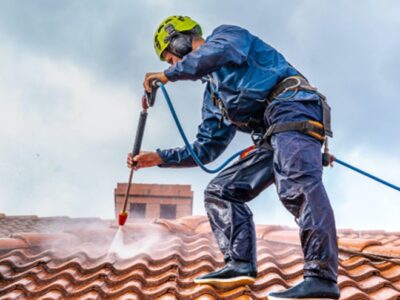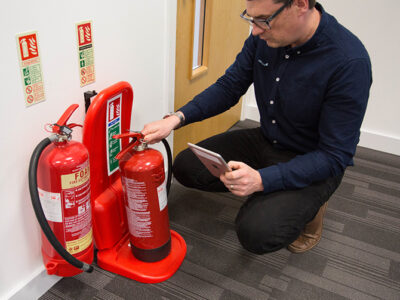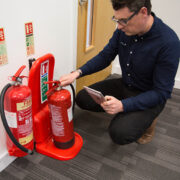
Despite the evolution of welding techniques to include electrical power sources, gas welding continues to remain popular for various applications. It can be particularly useful in outdoor welding requirements, where it may not be easy to secure an electrical outlet for powering the welding equipment. Additionally, gas welding also gives you quicker welds with reduced odor and fumes.
To successfully perform this welding technique, you need a welding torch to provide the heat required. And to light up a welding torch, you need striker flints. Interestingly, if you are planning to carry out a gas welding project, there are different kinds of welding flames that you can start up using a flint striker. Let’s take a closer look at what they are.
An In-Depth Look at the Welding Flame
Gas welding typically makes use of an oxy-acetylene flame, which consists of the following three parts:
- An inner part with temperatures ranging from 2,760°C to 3,480°C
- A middle part with temperatures ranging from 2,090°C to 3,800°C
- An outer part with temperatures ranging from 1,260°C to 2,100°C
The inner part of the flame is located at the part where the oxyacetylene gas mixture exits the torch. The middle part, also known as the reducing zone, contains a mix of carbon monoxide and hydrogen. And the outer part is where combustion occurs in the presence of oxygen.
3 Types of Gas Welding Flames you can Generate with a Flint Striker
You can use a flint striker to ignite the following types of flames for gas welding.
1. Neutral Flame
This type of flame is also known as a natural flame or a balanced flame. True to its name, oxygen and acetylene are available in a 1:1 ratio in a neutral flame. The flame features a well-defined inner core surrounded by a luminous outer flame. It burns the fuel completely and has no chemical effect on the metal workpieces that are being joined.
This type of welding flame is commonly used to weld cast iron, mild steel, stainless steel, aluminum and copper.
2. Carburizing Flame
In a carburizing flame, the proportion of fuel gas or acetylene is higher than the amount of oxygen present. As a result, this type of flame is more carbon-rich than other types. And when it is used in welding, it introduces some of the carbon into the molten metal present in the weld pool.
This may be advantageous to some metals but have adverse effects on others. For example, when a carburizing flame is used to weld metals that absorb carbon (like iron), it may result in brittle and unstable welds.
This is why a carburizing flame is best used to weld alloy steel, aluminum and high-carbon steel.
3. Oxidizing Flame
An oxidizing flame has more oxygen than fuel gas. It begins as a neutral flame, and the amount of oxygen is gradually increased to make it an oxidizing flame. As the oxygen levels increase, leading to combustion, the flame is accompanied by a sharp, hissing sound. On account of the combustion, the flame produces intense heat, making it ideal for welding or cutting metals that require high temperatures upward of 3,300°C.
This type of flame is mostly suitable for welding metals such as copper, zinc, manganese and cast iron.
Conclusion
So, you now know that there are different types of welding flames that you can generate with the humble striker flints. You can choose the type of flame that best suits your gas welding requirements. You may need to practice a few times to get better at it, but once you master the art of generating different types of welding flames, you can perform more versatile welding operations easily.
However, no matter what type of flame you need, it’s always the flint striker that gets the welding torch going. So, ensure that you include a high-quality striker flints in your welding kit, and maintain it in top-notch condition.











